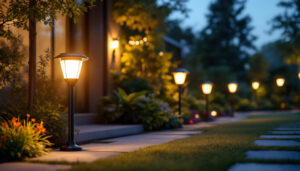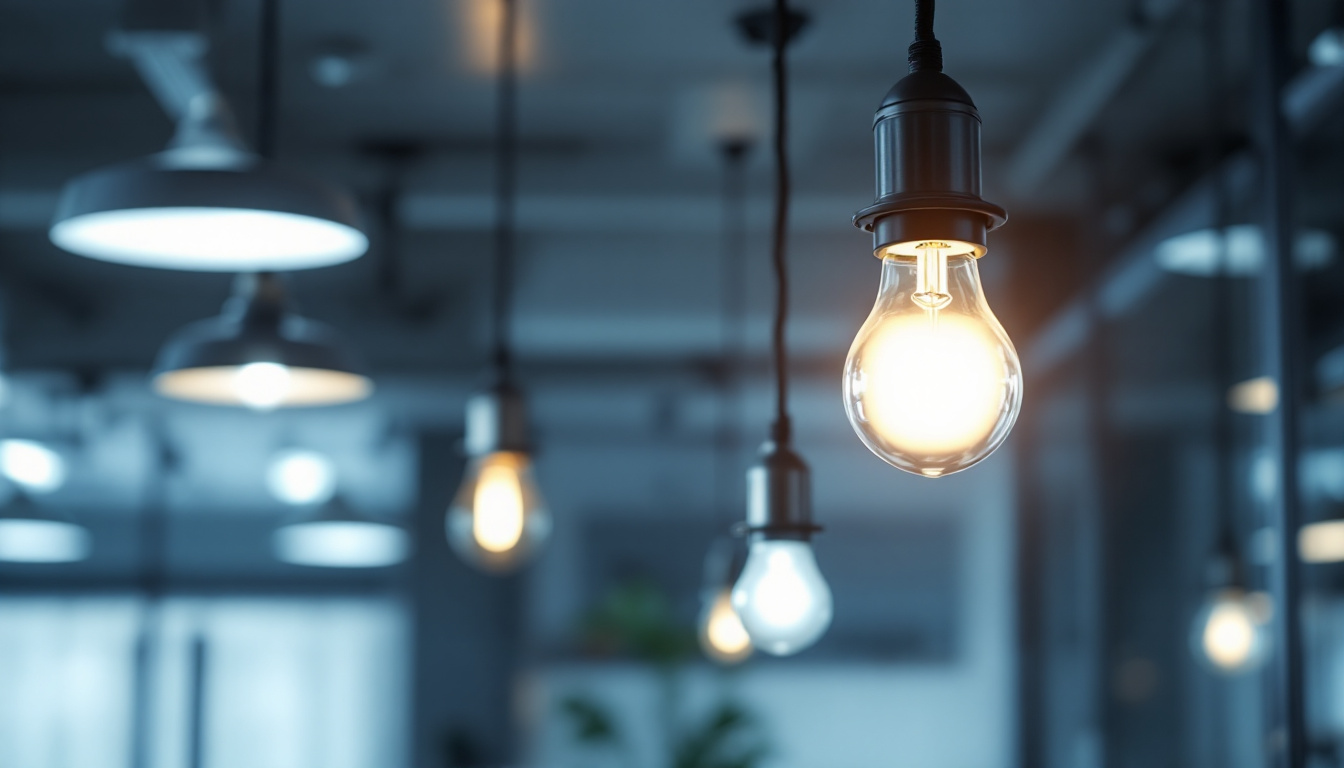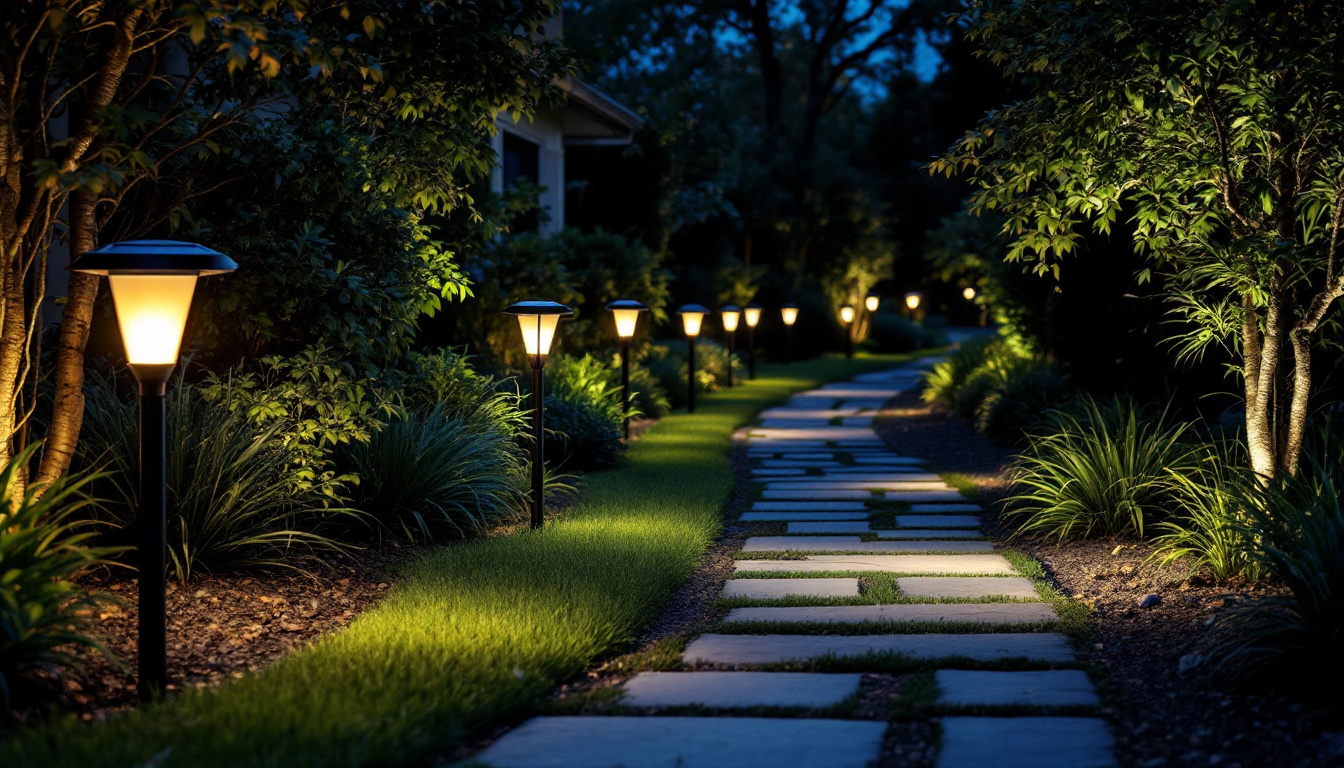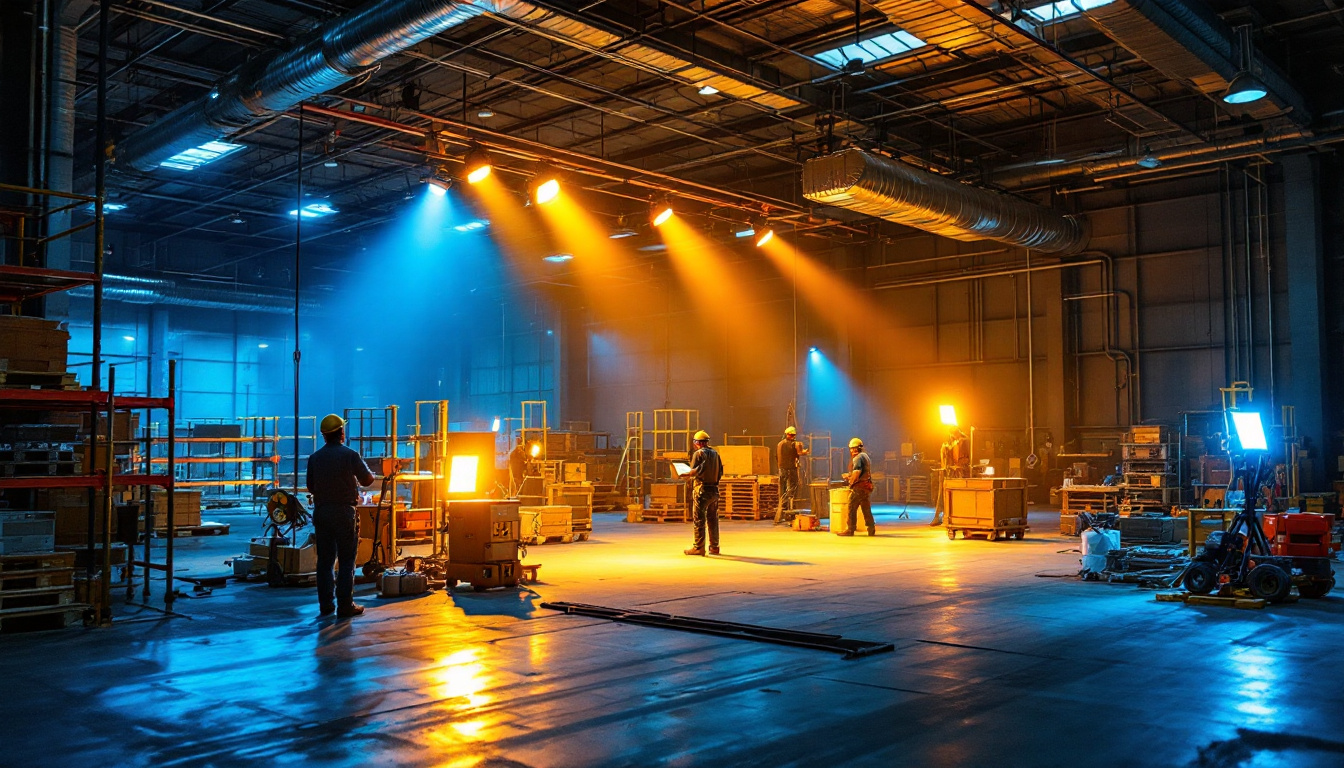

The evolution of lighting technology has significantly impacted the industry, especially for lighting contractors. As the demand for energy efficiency and sustainability grows, understanding the alternatives to Edison’s incandescent light bulb becomes imperative. This article explores the various forms of lighting that have replaced traditional incandescent bulbs and offers valuable insights for lighting contractors navigating this changing landscape.
Incandescent light bulbs, once the standard for residential and commercial lighting, have gradually been phased out in favor of more energy-efficient options. The shift is driven by a combination of regulatory changes, advancements in technology, and growing environmental awareness. As a lighting contractor, staying informed about these developments is crucial for providing clients with the best solutions.
While incandescent bulbs have been a staple in lighting for decades, they come with several limitations. Their energy efficiency is notably low, converting only about 10% of the energy consumed into visible light. The rest is lost as heat, leading to higher energy bills and increased environmental impact.
Moreover, incandescent bulbs have a shorter lifespan compared to newer alternatives. Typically, they last around 1,000 hours, which can result in frequent replacements and added maintenance costs. This has prompted both consumers and businesses to seek more durable and efficient lighting solutions. The heat generated by these bulbs also poses a safety risk, especially in enclosed fixtures or areas with limited ventilation, where the risk of overheating can lead to potential fire hazards. As awareness of these issues grows, many individuals are opting for safer, cooler alternatives that not only enhance energy efficiency but also provide peace of mind.
In response to the drawbacks of incandescent bulbs, several lighting technologies have emerged as viable alternatives. These include compact fluorescent lamps (CFLs), light-emitting diodes (LEDs), and halogen bulbs. Each of these options offers unique benefits that cater to different lighting needs and preferences.
Understanding these technologies is essential for lighting contractors as they guide clients toward the most suitable choices for their specific applications. For instance, LEDs are known for their remarkable longevity, often lasting up to 25,000 hours or more, which significantly reduces the frequency of replacements. Additionally, they emit very little heat, making them safer for various environments. CFLs, while not as popular as LEDs, still provide a more energy-efficient option than incandescent bulbs, using about 75% less energy and lasting up to 10 times longer. By being knowledgeable about the advantages and disadvantages of each type, contractors can better serve their customers and contribute to a more sustainable future. Furthermore, the growing trend of smart lighting solutions, which integrate with home automation systems, is reshaping the landscape of lighting design, offering users enhanced control and customization over their lighting environments.
Compact fluorescent lamps (CFLs) were among the first significant advancements in lighting technology after incandescent bulbs. They provide a more energy-efficient alternative, using about 70% less energy than traditional incandescent bulbs while lasting up to ten times longer. This longevity not only reduces the frequency of bulb replacements but also contributes to less waste in landfills, making CFLs a more sustainable choice for environmentally conscious consumers.
CFLs are designed to fit into standard light fixtures, making them a convenient replacement for incandescent bulbs. Their energy efficiency translates to lower electricity bills, which can be a strong selling point for clients. Additionally, CFLs produce less heat, reducing the load on air conditioning systems during warmer months. This characteristic can lead to a more comfortable indoor environment, especially in spaces where lighting is used extensively. Moreover, CFLs are available in a variety of color temperatures, allowing users to select the perfect ambiance for their needs, whether it’s a warm, cozy glow for living areas or a cooler, brighter light for workspaces.
Despite their advantages, CFLs do have some drawbacks. They contain a small amount of mercury, which requires careful disposal to avoid environmental contamination. Many municipalities have special recycling programs for CFLs, and it’s important for consumers to be aware of these options to minimize their ecological footprint. Furthermore, CFLs can take a moment to reach full brightness, which may not be ideal for all applications. This delay can be particularly noticeable in areas where immediate illumination is necessary, such as hallways or stairwells. As a contractor, it is essential to educate clients about these considerations to ensure informed decisions. Additionally, the advent of newer technologies, such as LED bulbs, offers even more options for energy-efficient lighting, prompting a discussion about the best choices for specific settings and usage patterns.
Light-emitting diodes (LEDs) have rapidly gained popularity as one of the most efficient and versatile lighting options available today. They have revolutionized the lighting industry, offering unparalleled energy efficiency and longevity.
LEDs consume significantly less energy than both incandescent and CFL bulbs, using up to 80% less electricity. This efficiency translates into substantial cost savings for consumers over time. Additionally, LEDs have an impressive lifespan, lasting anywhere from 15,000 to 50,000 hours, which reduces the frequency of replacements.
Moreover, LEDs are available in a wide range of colors and designs, allowing for greater flexibility in lighting design. They can be dimmed, used in smart lighting systems, and even integrated into architectural features, making them a favorite among designers and contractors alike.
While LEDs offer numerous benefits, there are challenges associated with their installation and use. For instance, the initial cost of LED fixtures can be higher than traditional bulbs, which may deter some clients. However, emphasizing the long-term savings can help justify the investment.
Additionally, contractors should be aware of the importance of proper heat management in LED installations. Overheating can shorten the lifespan of LEDs, so ensuring adequate ventilation and using quality fixtures is crucial. Educating clients on these aspects will enhance their satisfaction and trust in your services.
Halogen bulbs represent a middle ground between incandescent and more modern lighting technologies. They are a type of incandescent bulb that uses halogen gas to increase efficiency and lifespan.
Halogen bulbs are known for their bright, white light and excellent color rendering capabilities. They are often used in applications where high-quality lighting is essential, such as in retail displays and art galleries. Additionally, they are compatible with dimmers, providing flexibility in lighting control.
Despite their advantages, halogen bulbs still consume more energy than LEDs and CFLs. They also produce significant heat, which can be a safety concern in certain applications. As a contractor, it is essential to assess the specific needs of each project and recommend halogen bulbs only when their unique benefits align with the client’s requirements.
The lighting industry is continuously evolving, with new trends and innovations emerging regularly. Staying abreast of these developments is vital for lighting contractors who wish to remain competitive and provide the best solutions for their clients.
Smart lighting has gained traction in recent years, integrating technology with traditional lighting systems. These solutions allow users to control their lighting remotely through smartphones or voice-activated devices, enhancing convenience and energy efficiency.
For contractors, offering smart lighting options can set them apart from competitors. Understanding the various smart lighting systems available and their compatibility with existing fixtures will enable contractors to provide tailored solutions that meet client needs.
As sustainability becomes a priority for many consumers and businesses, lighting contractors must consider eco-friendly options in their offerings. This includes recommending energy-efficient products, utilizing sustainable materials, and promoting practices that reduce waste during installations.
Incorporating sustainability into lighting projects not only benefits the environment but can also enhance a contractor’s reputation and appeal to a growing market segment that values green practices.
As lighting technologies evolve, educating clients about their options is essential for contractors. Clear communication can help clients make informed decisions that align with their needs and budget.
Offering thorough consultations allows contractors to assess the specific lighting needs of each client. This involves discussing the intended use of the space, desired aesthetics, and energy efficiency goals. By tailoring recommendations to individual circumstances, contractors can build trust and foster long-term relationships with clients.
Visual aids and demonstrations can be powerful tools in helping clients understand the benefits of various lighting options. Utilizing samples, mock-ups, or even virtual simulations can provide clients with a clearer picture of how different technologies will perform in their spaces.
The transition from incandescent light bulbs to modern lighting solutions presents both challenges and opportunities for lighting contractors. By staying informed about the latest technologies, trends, and client preferences, contractors can position themselves as trusted advisors in the industry.
As energy efficiency and sustainability take center stage, embracing innovations like LEDs, smart lighting, and eco-friendly practices will not only benefit clients but also contribute to a more sustainable future. By prioritizing education and communication, lighting contractors can navigate this evolving landscape with confidence, ensuring they remain at the forefront of the industry.
In summary, understanding the various forms of lighting that have replaced Edison’s incandescent bulb is essential for lighting contractors. By adapting to these changes and providing informed recommendations, contractors can enhance their services and meet the growing demands of their clients.
Ready to elevate your lighting game and stay ahead in the industry? Look no further than LumenWholesale for a comprehensive range of spec-grade lighting products that promise quality, affordability, and convenience. Say goodbye to inflated prices and hello to our unbeatable wholesale rates, perfect for contractors seeking the best value. With free shipping on bulk orders, you can stock up on premium lighting solutions without any hidden fees. Don’t miss out on the opportunity to enhance your services with our high-performance lighting options. Wholesale Lighting at the Best Value is just a click away. Experience the LumenWholesale difference today!

Discover how strategic industrial warehouse lighting can enhance efficiency and profitability.

Discover the essential insights lighting contractors need about solar path lights.

Discover why purchasing emergency ballast in bulk from local distributors might not be the best choice.

Discover the top LED lights revolutionizing warehouse illumination and enhancing efficiency for lighting contractors.
Get notified when NEW deals are released.
Optimize your budget with wholesale discounts.
Only top-quality, specification-grade lighting products.
No additional costs at checkout - what you see is what you pay.
We understand the unique needs of contractors.